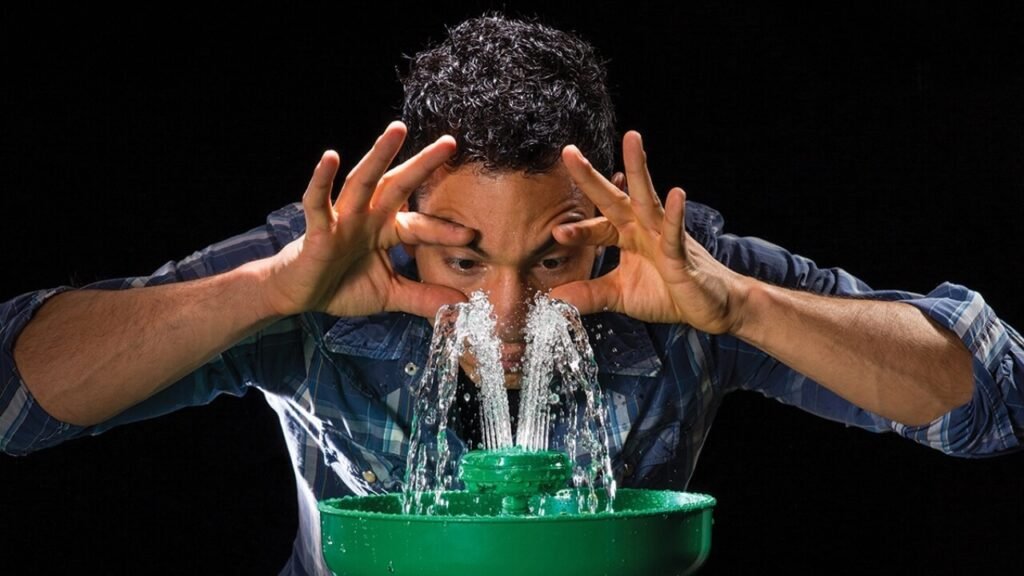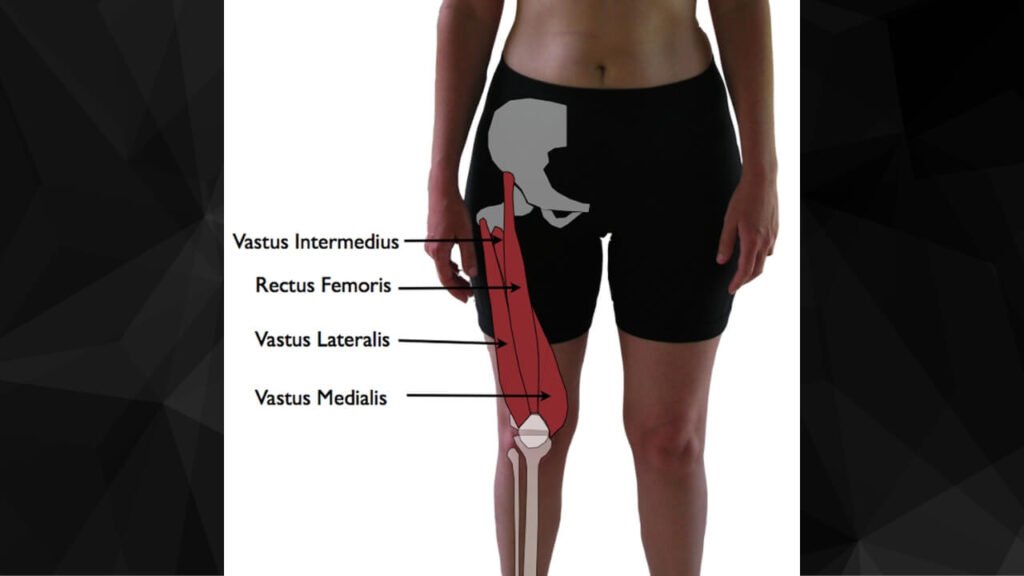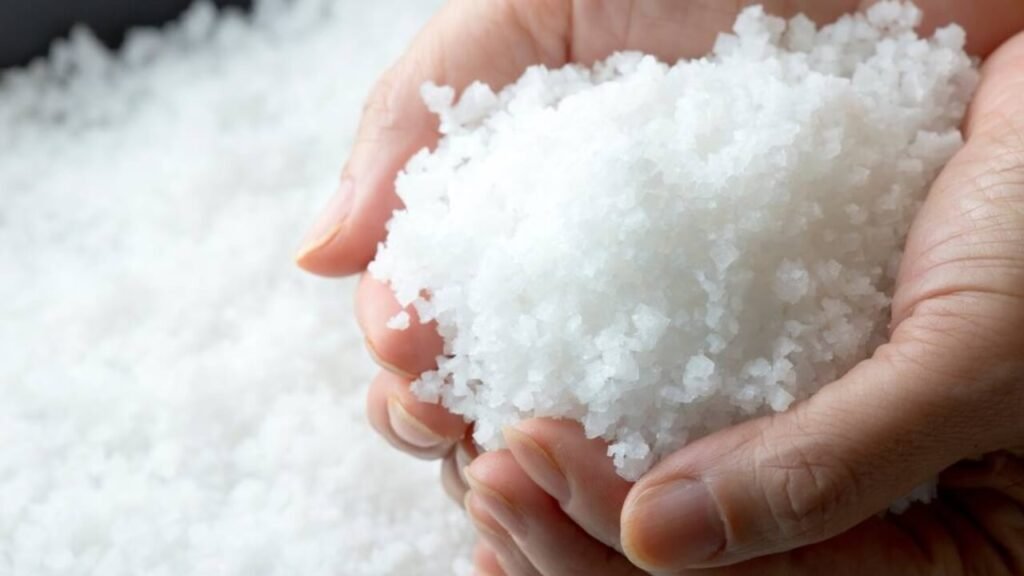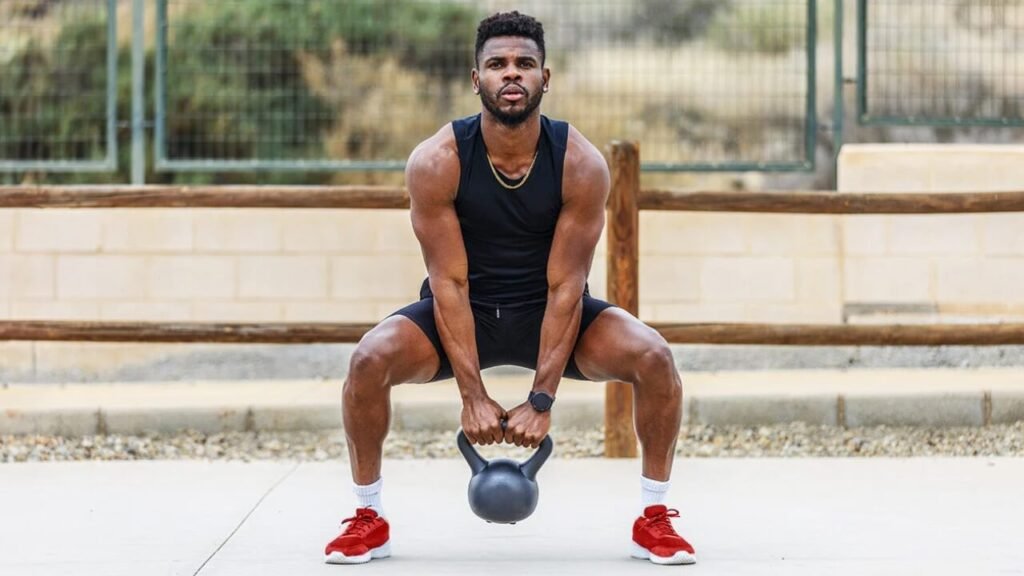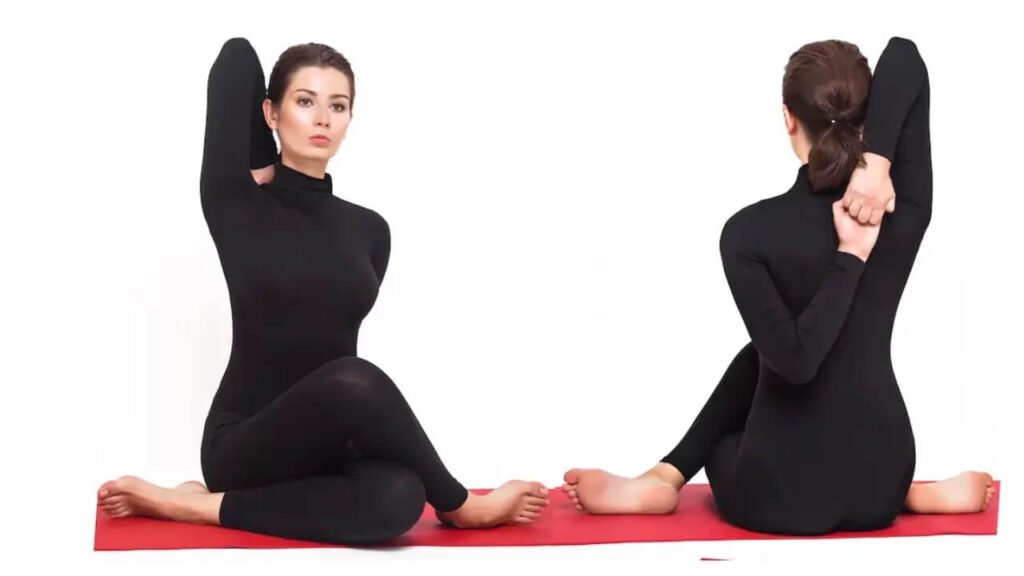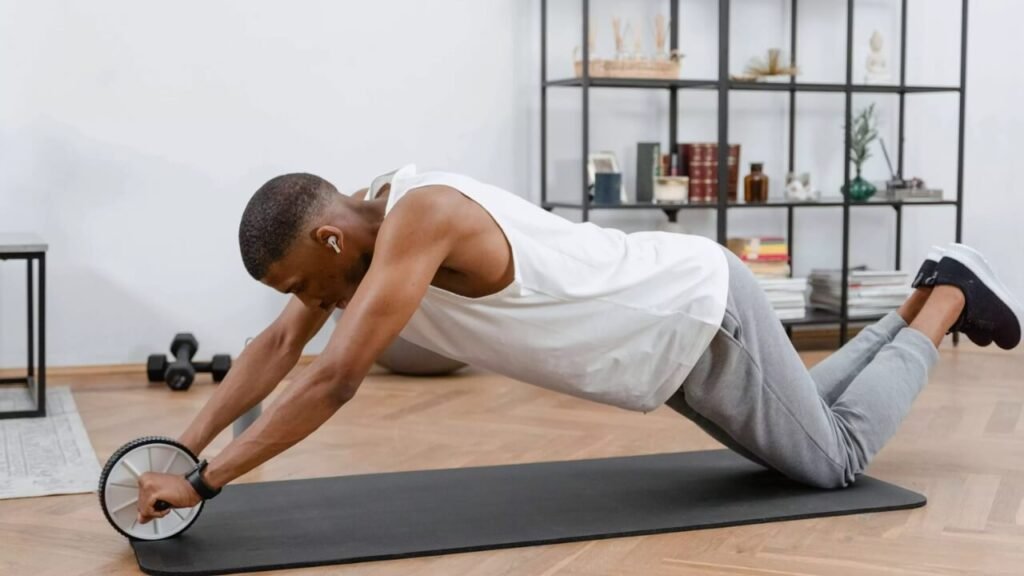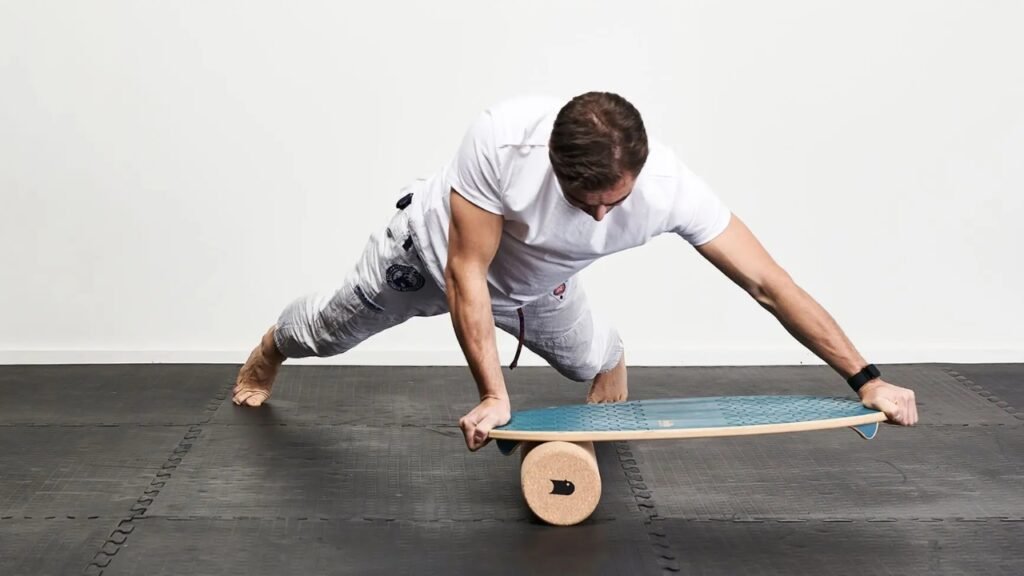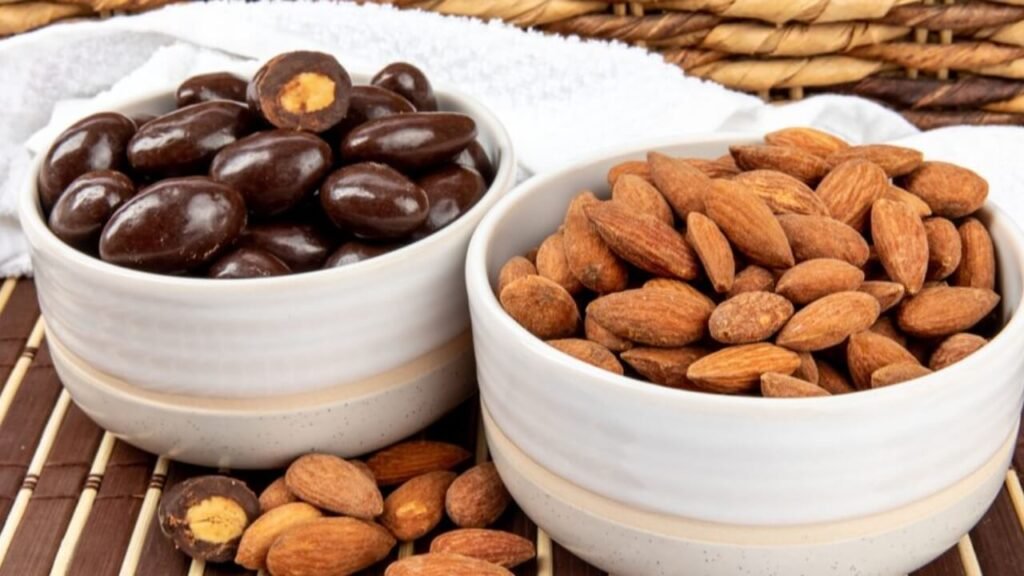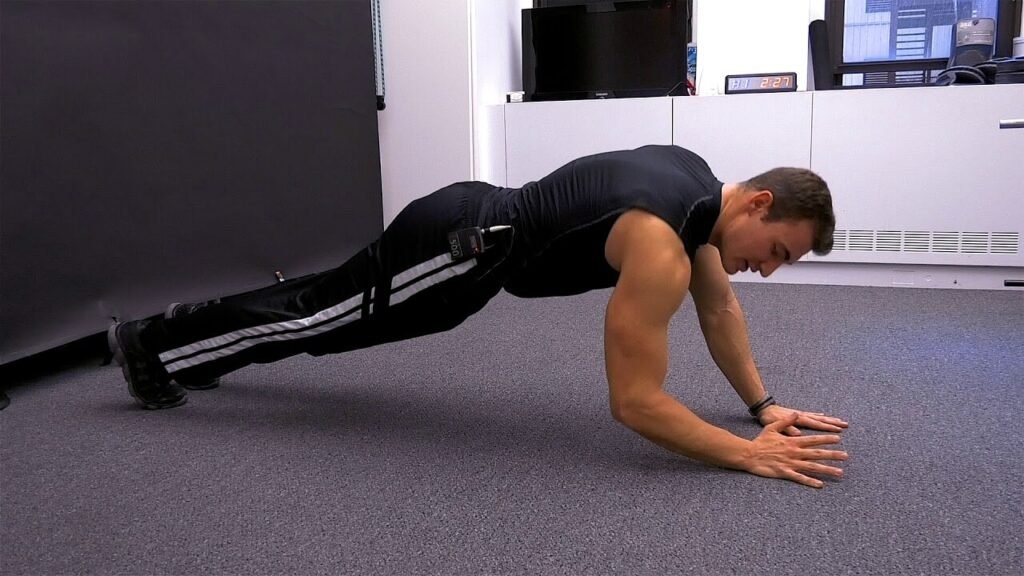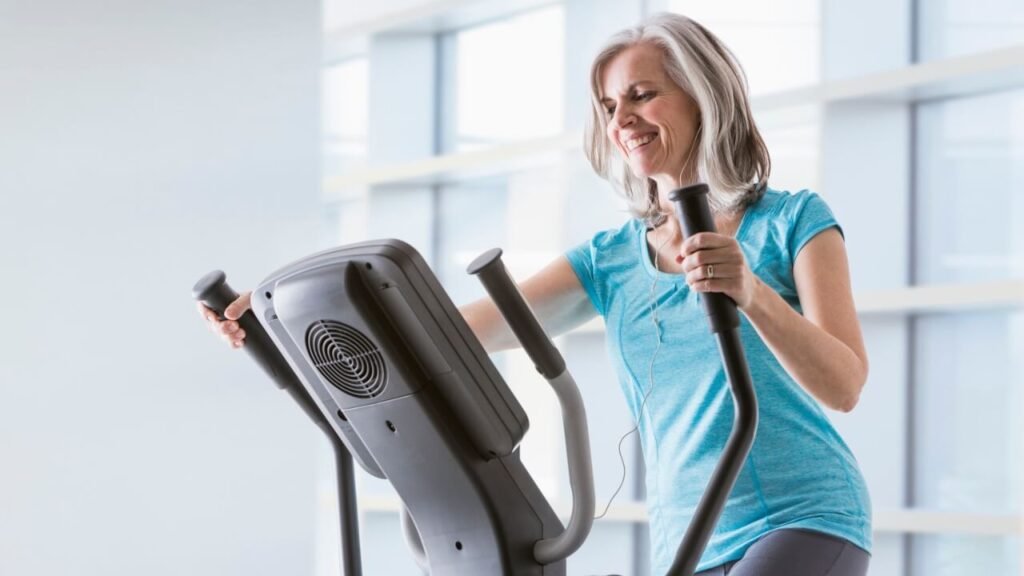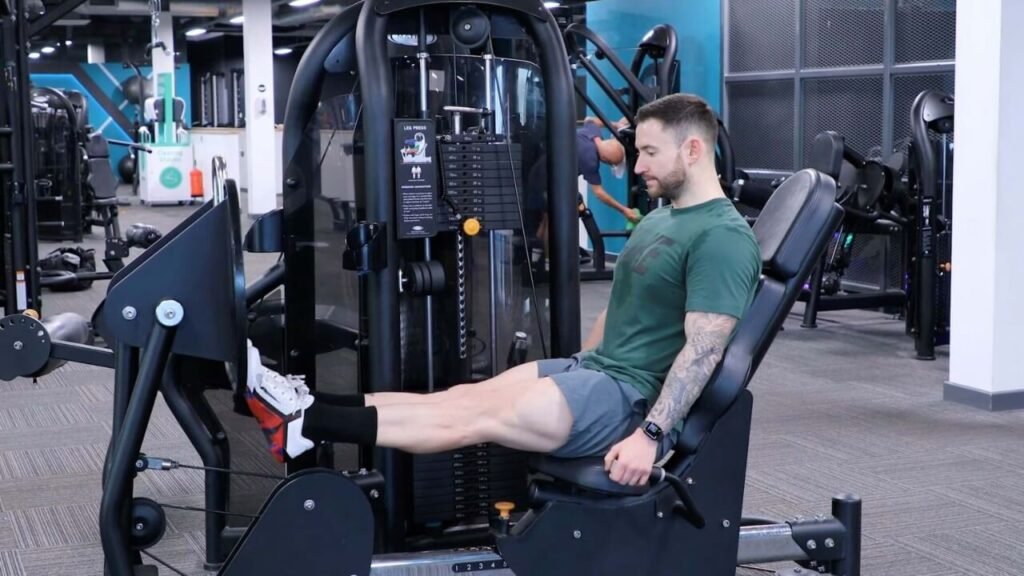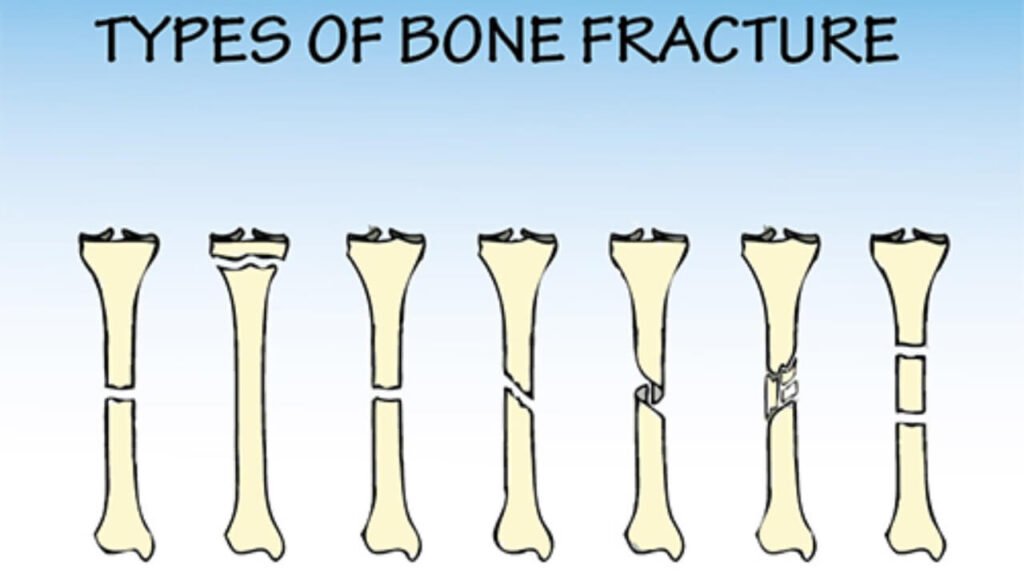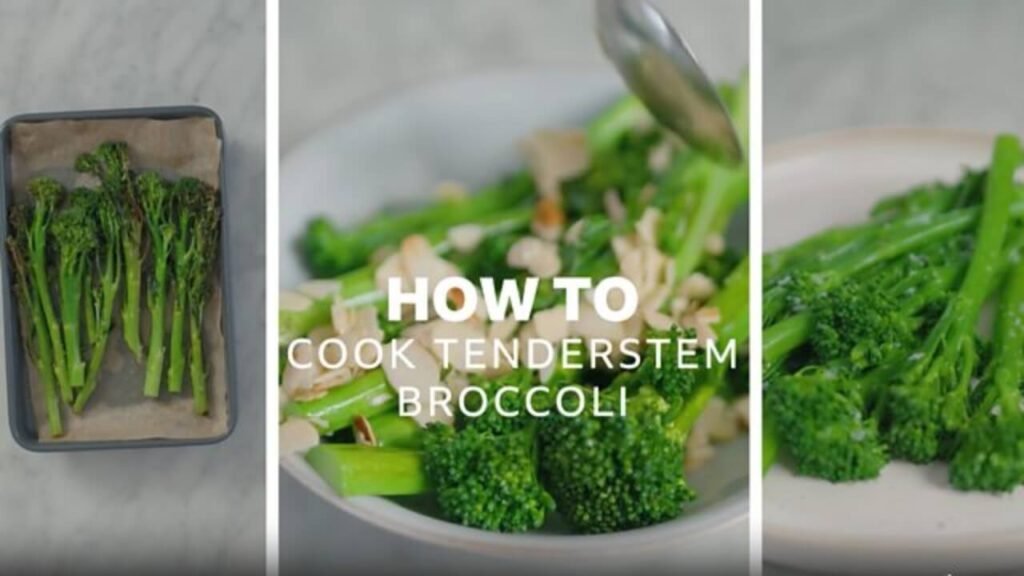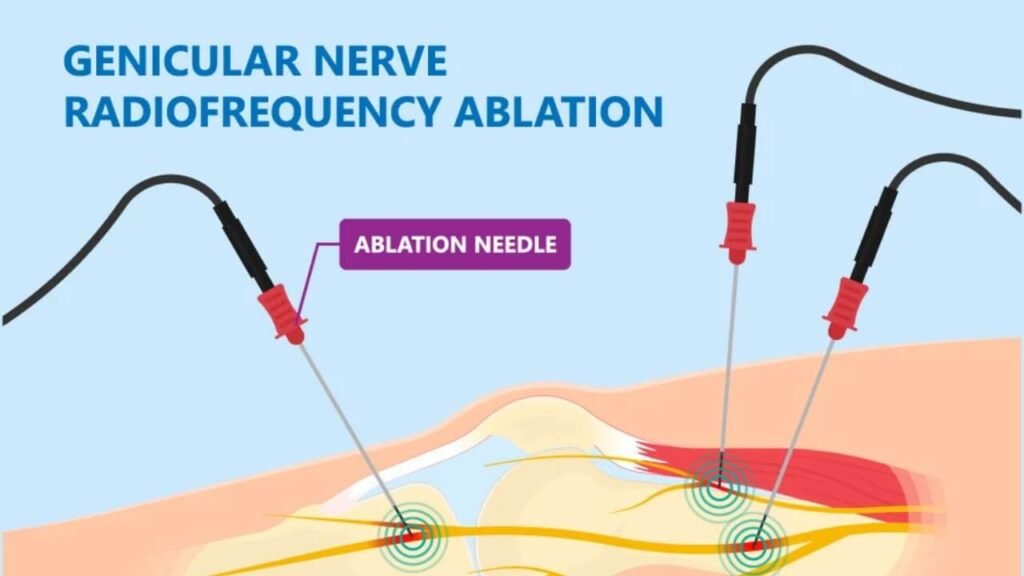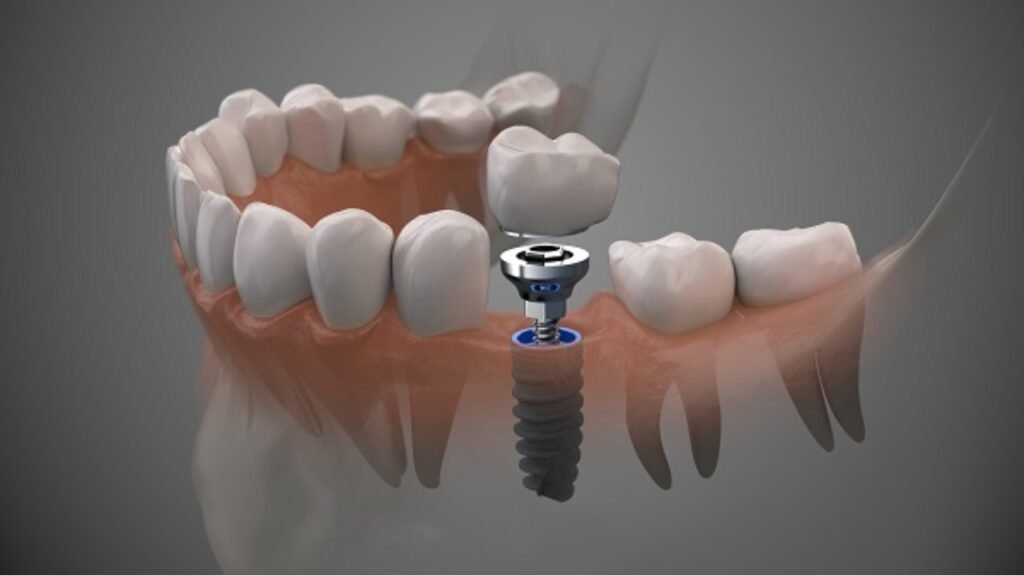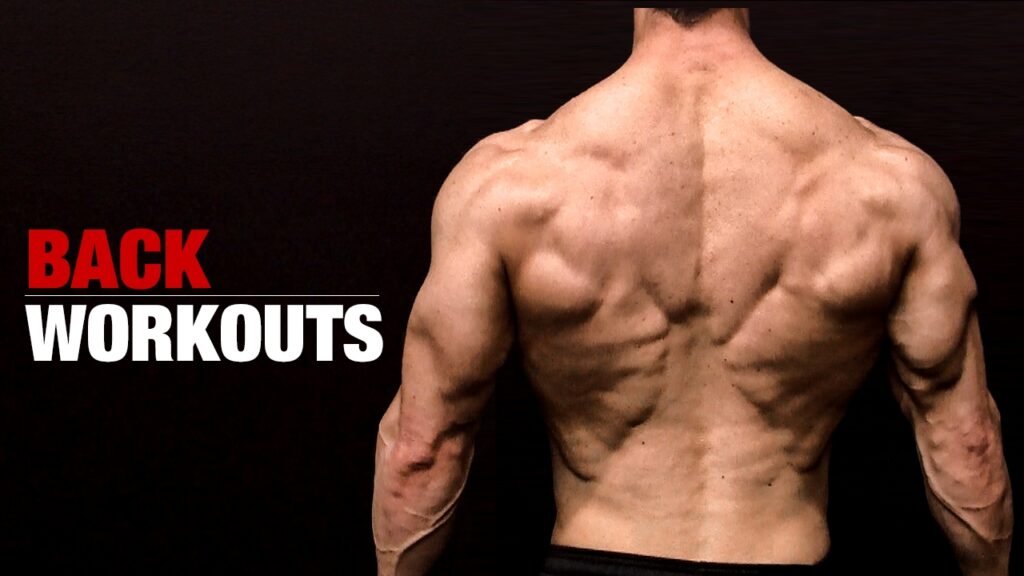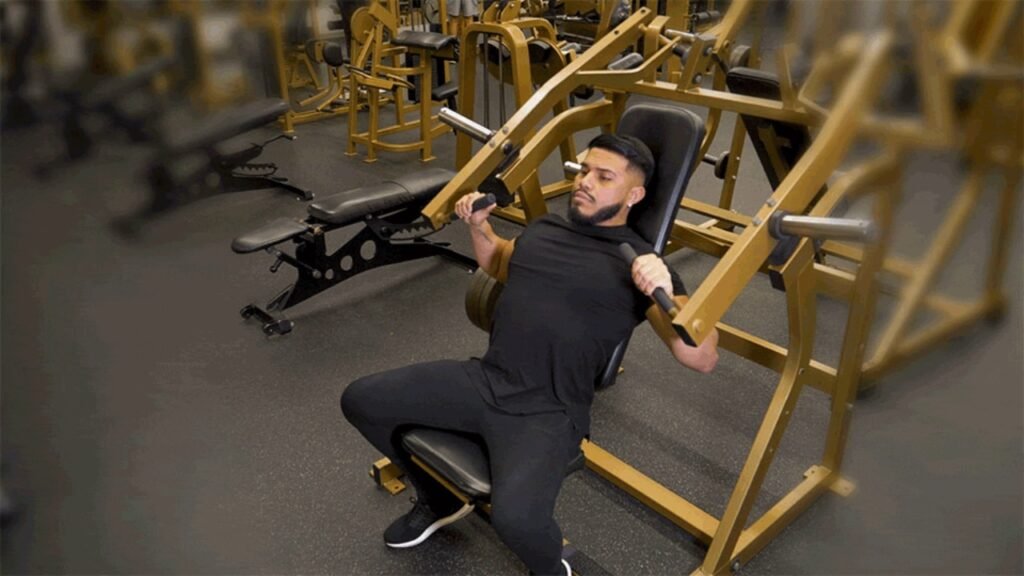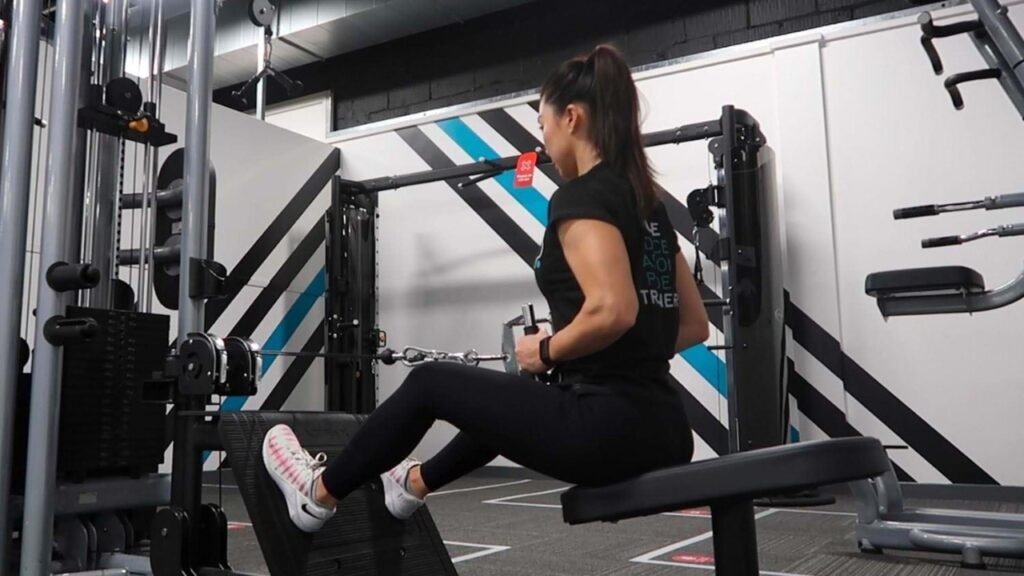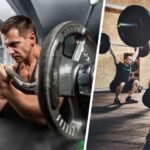Exercises to Workout Arms: Build Stronger, Toned Arms Fast
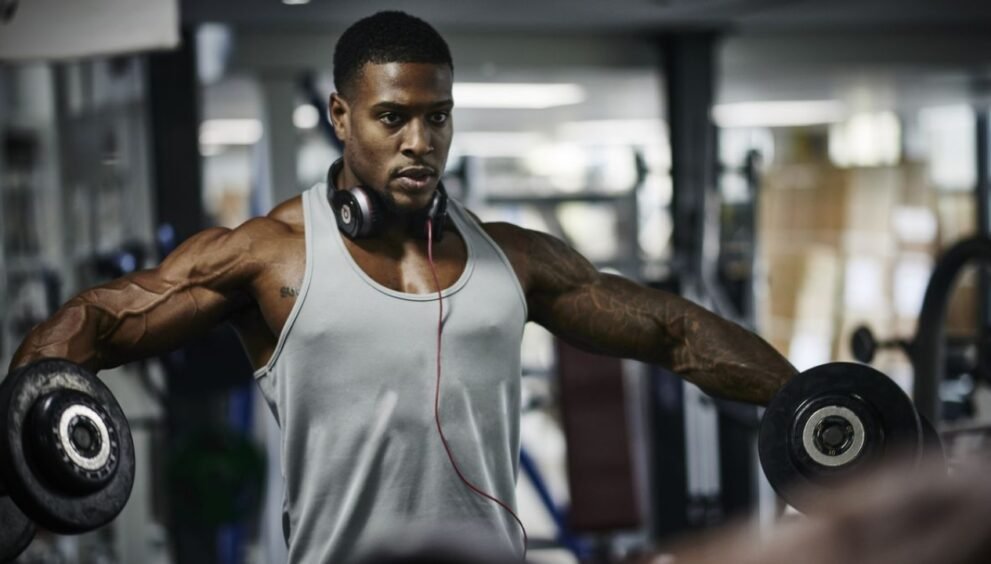
When it comes to building strength, improving aesthetics, and boosting overall fitness, exercises to workout arms are essential. Whether you’re aiming for toned biceps, strong triceps, or sculpted forearms, targeting your arms with the right routine can transform your physique and improve your daily functional movements. For many Americans, strong arms not only enhance confidence but also contribute to better posture, injury prevention, and overall athletic performance. This blog dives deep into the most effective exercises to workout arms, explaining their benefits and how to incorporate them into your fitness regimen.
Understanding Arm Anatomy for Effective Workouts
To maximize the benefits of exercises to workout arms, it’s important to understand the anatomy involved. The arms consist primarily of three muscle groups: the biceps brachii, triceps brachii, and the forearm muscles. The biceps are located on the front of the upper arm and are responsible for flexing the elbow and rotating the forearm. The triceps, on the back of the upper arm, control elbow extension and are key for pushing movements. Forearm muscles, although smaller, contribute to grip strength and wrist movement.
According to a 2018 study published in the Journal of Strength and Conditioning Research, balanced development of the biceps and triceps is vital for joint stability and injury prevention during various activities (Smith et al., 2018). Therefore, a well-rounded arm workout should include exercises that target all these muscles.
Effective Exercises to Workout Arms
One of the most popular areas to focus on is the biceps. Exercises such as bicep curls—whether performed with dumbbells, barbells, or resistance bands—are fundamental. These moves help to isolate and strengthen the biceps by flexing the elbow against resistance.
Additionally, hammer curls provide a variation that targets not only the biceps but also the brachialis, a muscle underneath the biceps that adds to arm thickness. This helps in creating fuller-looking arms and improves grip strength.
Tricep-Focused Workouts
While many focus on the biceps, training the triceps is equally important as they make up about two-thirds of your upper arm mass. Tricep dips are an excellent bodyweight exercise that strengthens this muscle group. Using parallel bars or even a sturdy bench at home can facilitate this movement.
Moreover, tricep pushdowns using a cable machine or resistance bands help in isolating the triceps for muscle growth. Overhead tricep extensions with dumbbells also stretch and work the muscle effectively, enhancing flexibility and strength.
Forearm Strength and Grip
Often overlooked, forearm exercises play a significant role in overall arm strength and endurance. Wrist curls and reverse wrist curls target these muscles, improving grip which is essential for lifting heavier weights and daily tasks.
Farmer’s walks, which involve carrying heavy weights in each hand for distance or time, engage the forearms and build functional strength. Including these exercises in your routine rounds out a comprehensive arm workout.
How to Incorporate Exercises to Workout Arms Into Your Routine
To see results, consistency and proper planning are key. Experts recommend training arms 2-3 times a week, allowing at least 48 hours for recovery between sessions. Start with compound movements that engage multiple muscle groups, such as push-ups or pull-ups, before moving to isolation exercises like curls or extensions.
Varying the number of sets and repetitions can help in targeting different fitness goals. For muscle endurance, aim for higher reps (12-15) with lighter weights, whereas for muscle strength and size, lower reps (6-10) with heavier weights are recommended.
Nutrition also plays a pivotal role. Protein intake should be sufficient to support muscle repair and growth. According to the American College of Sports Medicine, consuming 1.2 to 2.0 grams of protein per kilogram of body weight per day can optimize muscle development during resistance training (ACSM, 2016).
Expert Insight: The Importance of Balanced Arm Training
“Focusing solely on biceps often leads to muscle imbalances that can cause joint issues and limit functional strength. A comprehensive routine that includes both biceps and triceps exercises, as well as forearm work, ensures arm health, strength, and symmetry.”
— Dr. Lisa Reynolds, Certified Strength and Conditioning Specialist
Her advice highlights the necessity of integrating a variety of exercises to workout arms for both aesthetics and injury prevention.
Common Mistakes to Avoid When Working Out Arms
Many beginners make the mistake of neglecting form in favor of heavier weights, which can lead to injury. It’s better to use manageable weights and focus on controlled movements. Another frequent error is skipping warm-ups and stretches, which can increase muscle stiffness and reduce performance.
Furthermore, overtraining can stall progress. Muscles need time to recover and grow. Listening to your body and allowing adequate rest is crucial for success.
Final Thoughts: Commit to Your Arm Fitness Journey
Exercises to workout arms are more than just about looking good—they are about building functional strength, improving mobility, and enhancing your quality of life. Whether you prefer gym workouts with machines and free weights or home routines with resistance bands and bodyweight exercises, consistent training, proper nutrition, and smart recovery will bring rewarding results.
By understanding arm anatomy, following expert guidance, and avoiding common pitfalls, Americans can achieve strong, toned arms that support both fitness goals and everyday activities. Remember, the journey to stronger arms is a marathon, not a sprint. Stay patient, stay consistent, and watch your arms transform.










